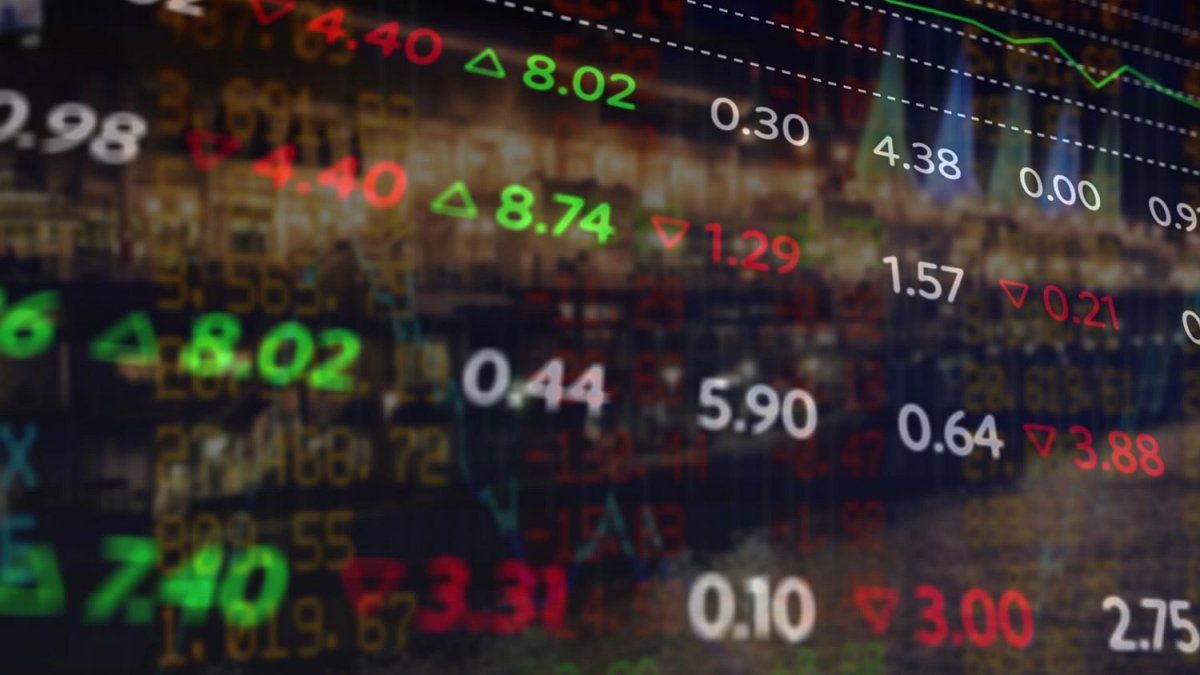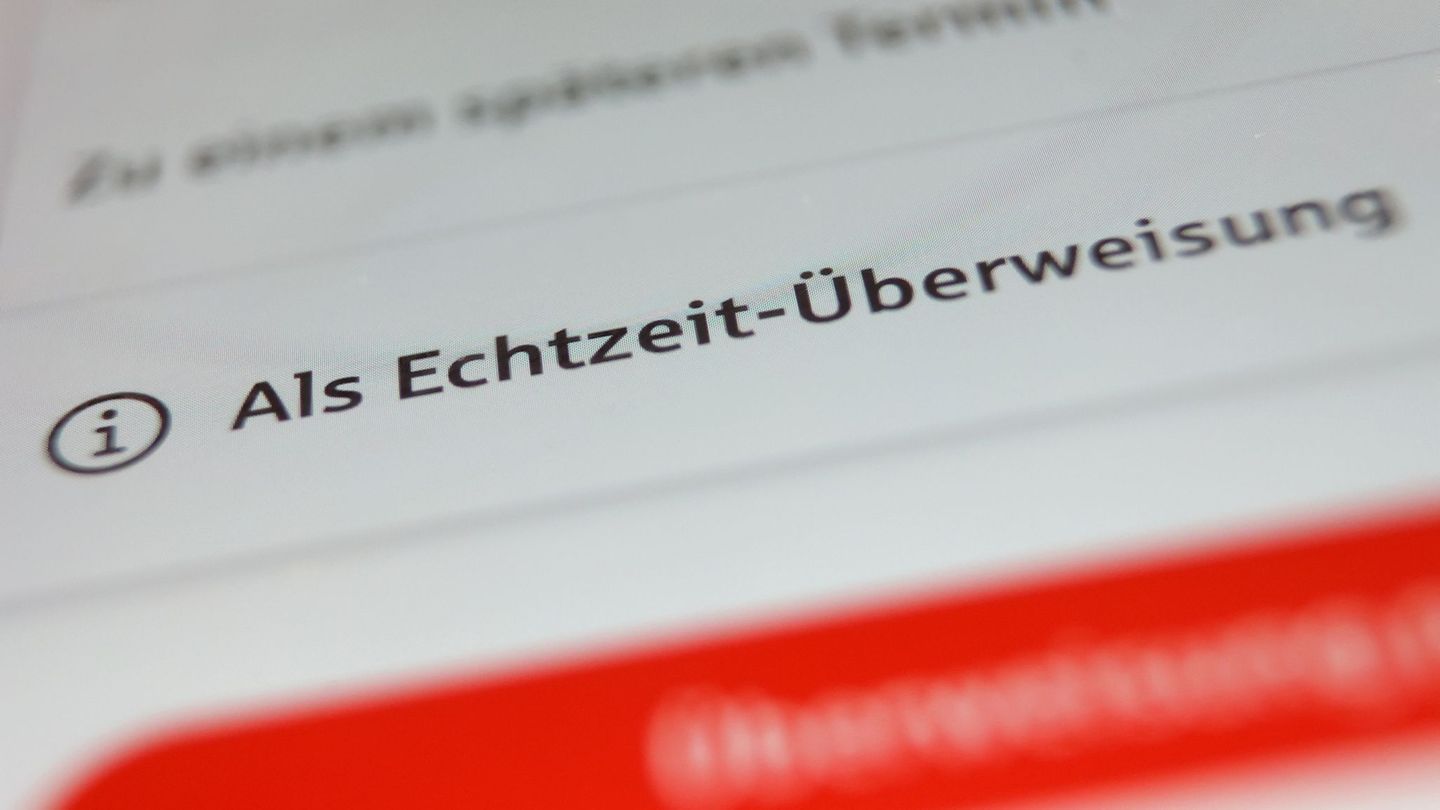While The United States Congress works against the clock to approve a budget agreement, the threat of closure of public departments in that country remains latent. Added to this is that the United States Federal Reserve (FED) is pushing for an increase in short-term rates and treasury bond yields are on the rise. The rate of the 6-month American Treasury bill yields 5.6% annually, 2-year 5.14% annually and 10-year 4.61% annually.
The rise in the long-term rate in the United States invites a devaluation of emerging currencieswhich in the case of Brazil the real is once again trading above 5 reais per dollar.
In this scenario of a strengthened dollar in the United States, rising rates and emerging currencies devaluing we should expect a drop in raw materialsbut the opposite is happening, the shortage of oil in the United States causes the price of a barrel to rise above US$90, which pushes the price of gasoline and the price indices up.
Agricultural raw materials seem to be at a floor, and we do not rule out that they will soon have a bullish awakening, within the framework of many climate problems on a global scale. For now, and only for now, wheat as of December 2023 is worth US$231, corn as of April 2024, US$191, and soybeans as of May 2024, US$341 per ton.
BCRA reserves
In Argentina The reserves are located at US$ 27,055 million, it is true that the international context does not helpbut we do little to reverse the uncomfortable scenario that the peso is experiencing in the market.
Remunerated monetary liabilities total $21.0 trillion, and unpaid liabilities total $6.5 trillion. The equilibrium dollar is already at $1,000.
The dead cow dollar shows no signs of life, and the live cow (beef export) has no reduction in withholdings, so we do not see a significant inflow of dollars into the coffers of the Central Bank on the horizon.
In this context, the blue dollar became spicy and threatens to exceed $800, the dollar counted with settlement is at $790 and the MEP dollar at $690.
The government managed to place debt for $534,270 million, of which it renewed $250,494 million, and achieved genuine financing for $283,776 million. This shows that the market continues to finance the government in the run-up to the presidential elections. Those who are predicting a playpen are totally wrong.
What’s coming for inflation
We are in the last week of September, by October we will know the inflation rate that could be around double digits, and the Central Bank has room not to raise the interest rate, which is located at 118.0% nominal, but which, measured as an effective rate, is 209.0% annually.
The future dollar became very spicy, the December dollar is located at $648.0 and the implicit rate is 334% annually. The longest position is August 2024 It is trading at $1,110 and has an implicit rate of 234% per year. Clearly the market is pricing in a growing devaluation, high inflation rate and consequently an interest rate that will evolve positively.
The October future dollar is located at $388 and the implicit rate is 116.5% annually. This implies that the market discounts that the presidential election will be decided in the second round, since the October future dollar does not register great volatility. We also do not see significant volume in the future dollar market, among all positions the open interest amounts to US$ 3.7 billion. Everything is too calm.
Conclusion
- If the American Congress reaches a budget agreement, I think we will see stocks rise in the United States and a drop in the rate of return on American treasury bonds, that should leave room for the local stock market to begin the pre-election rally in bonds and stocks.
- Negotiable Obligations have been the preferred asset for many investors. While a sovereign bond like the AL30 yields 38% annually, YPF’s negotiable obligations under foreign law maturing in 2029 and 2033 yield 9.7% annually.
- A fixed term yields a nominal rate of 118% per year, a bond that adjusts for the inflation rate or wholesale dollar has a negative rate of 8% per year for a maturity in February 2024. A bond that only adjusts for the wholesale dollar in April of 2024 has a negative rate of 2.3% annually.
- A negotiable obligation with partial amortization payment and maturity in February 2026 yields only 3.76% annually, when a 3-year American treasury bond yields 4.9% annually.
- Evidently In Argentina there is a lack of hedging instruments, which is why we see that bond prices are very high, and do not invite being chosen as coverage. This is negative for the government, because many investors are inclined to hedge in dollar bills and raise the price of alternative dollars, generating a lot of noise in the city. It is very likely to see these dollars above $800.
- The combined alternatives of purchasing Negotiable Obligations, taking collateral and increasing the purchased position look positive in the current context, especially when the collateral rate is at 100% annually.
- We see that the cheapest thing on the market are sovereign bonds, since a bond like the AL30 at US$30 looks extremely attractive compared to the rest of the alternatives. The same happens with the AE38 bond, which is worth US$32, and during the year 2024 it will pay US$4.25 in income.
- We consider that The next government, whoever wins, will honor the public debt maturities for the month of January 2024, so buying sovereign bonds seems like a good option. within the framework of very low returns on indexed bonds and negotiable obligations of national companies.
Source: Ambito




